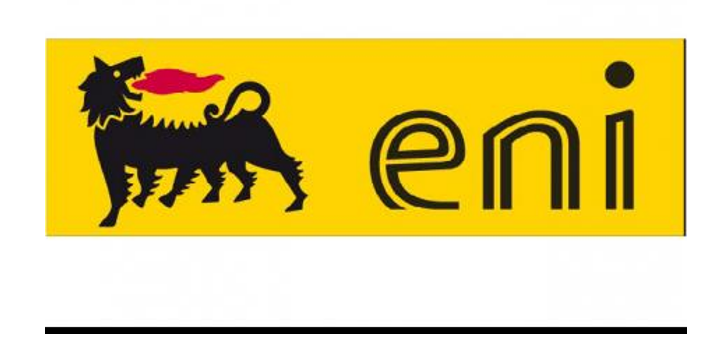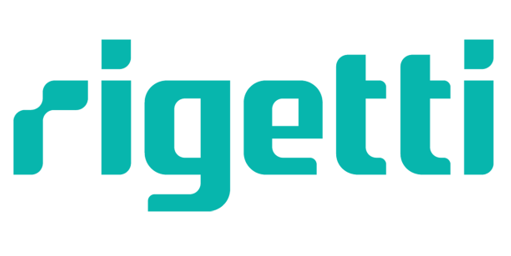Communications of the ACM

The blog archive provides access to past blog postings from Communications of the ACM and other sources by date.
January 2025
From CS4FN (Computer Science For Fun)
Electric Dreams and Solid Light at the Tate Modern

Two current exhibitions at the Tate Modern in London that those interesting in technology and art may want to see are “Electric Dreams: Art and Technology before the Internet”, and Anthony McCall’s truly wonderful “Solid Light…
From Schneier on Security
ShredOS

ShredOS is a stripped-down operating system designed to destroy data.
GitHub page here.
From insideHPC
Eni Officially Unveils €100M HPC6 Supercomputer for Exploration and Decarbonization

 Italian energy company Eni has officially announced one of the world’s most powerful supercomputers that will be used to to scale up its oil and gas discovery technology and support its decarbonisation and clean energy strategies…
Italian energy company Eni has officially announced one of the world’s most powerful supercomputers that will be used to to scale up its oil and gas discovery technology and support its decarbonisation and clean energy strategies…
From insideHPC
Rigetti Launches 84-Qubit Ankaa-3 Quantum System

 BERKELEY, Calif.,– Quantum-classical computing company Rigetti announced the launch of its flagship 84-qubit Ankaa-3 system featuring a hardware redesign. Rigetti said it also has achieved two-qubit gate fidelity milestones with…
BERKELEY, Calif.,– Quantum-classical computing company Rigetti announced the launch of its flagship 84-qubit Ankaa-3 system featuring a hardware redesign. Rigetti said it also has achieved two-qubit gate fidelity milestones with…
From Schneier on Security
Google Is Allowing Device Fingerprinting

Lukasz Olejnik writes about device fingerprinting, and why Google’s policy change to allow it in 2025 is a major privacy setback.
From Daniel Lemire's Blog
How does your URL parser handle Unicode?

Most strings today in software are Unicode strings. It means that you can include mathematical symbols, emojis and so forth. There are many different versions of the letter ‘M’, for example: the Roman letter M (U+004D) is semantically…
From Computational Complexity
My Drunken Theorem
Bill's SIGACT Open Problems Column remembering Luca Trevisan is out. I chose the problem of whether Promise-ZPP in P implies Promise-BPP in P, an extension of an earlier theorem by Luca and his co-authors, which showed that Promise…
From CS4FN (Computer Science For Fun)
My first Signs

Alexander Graham Bell was inspired by the deafness of his mother to develop new technologies to help. Lila Harrar, then a computer science student at Queen Mary, University of London was also inspired by a deaf person to do something…
